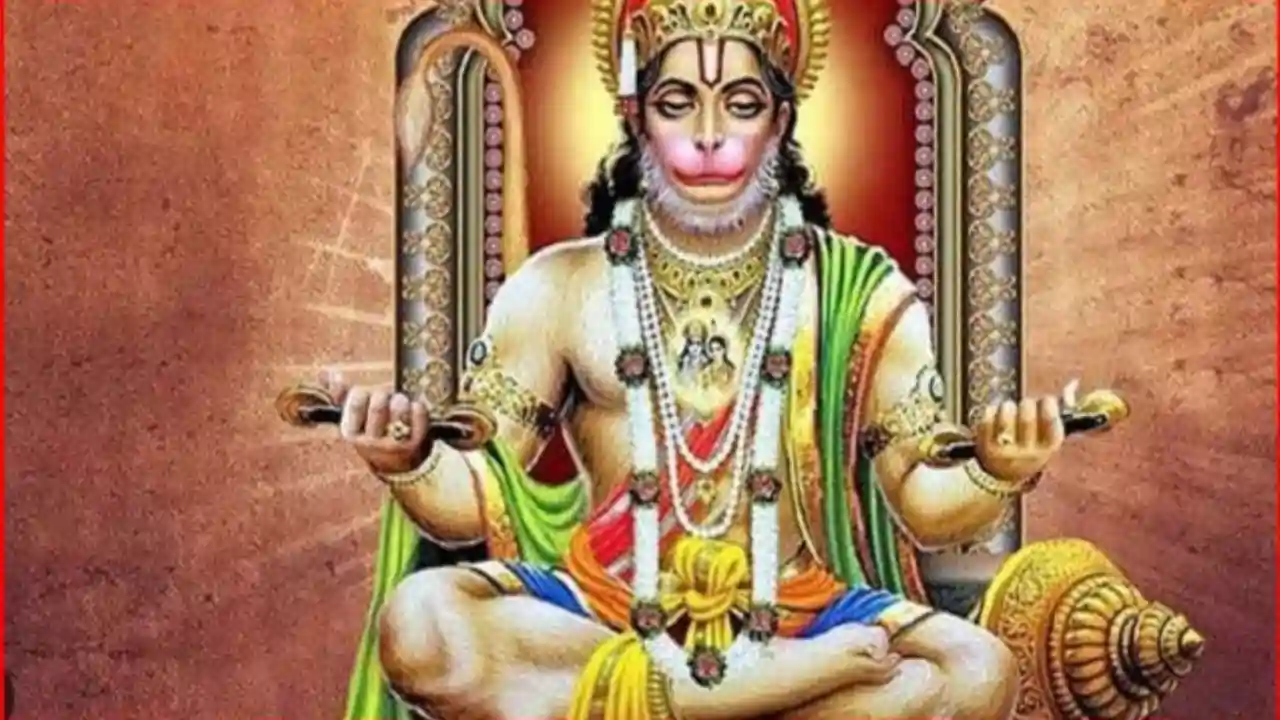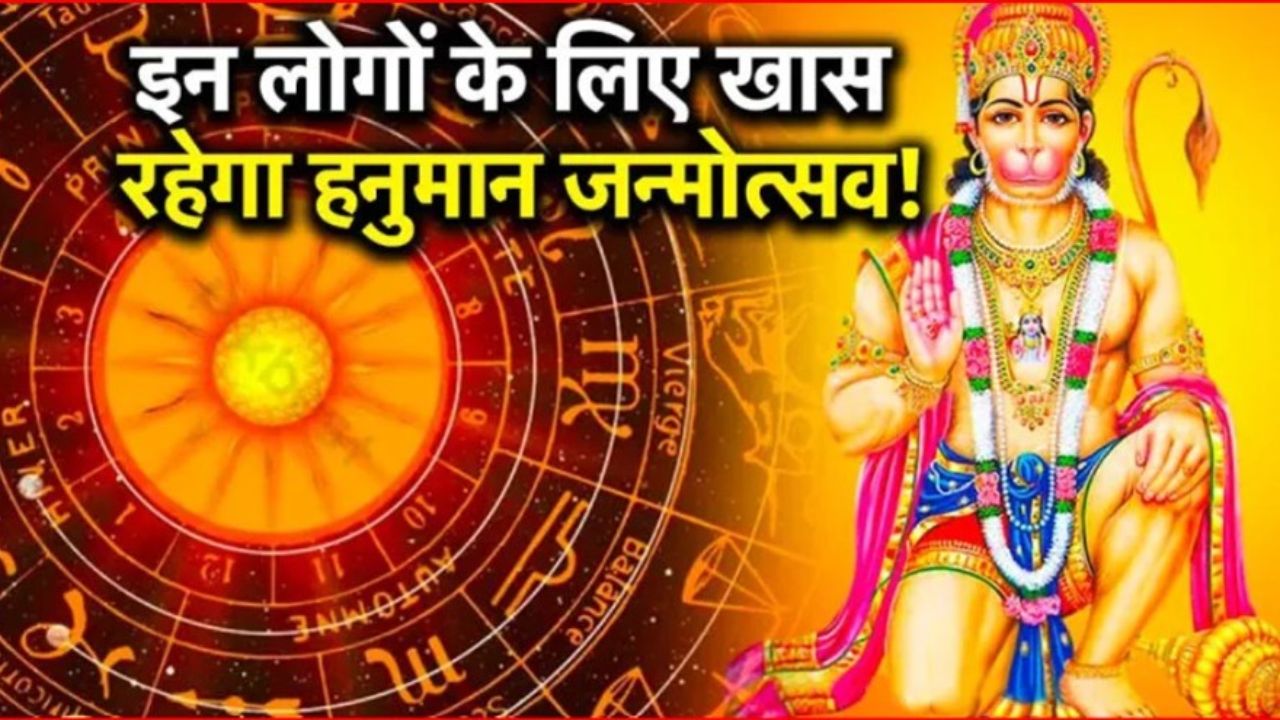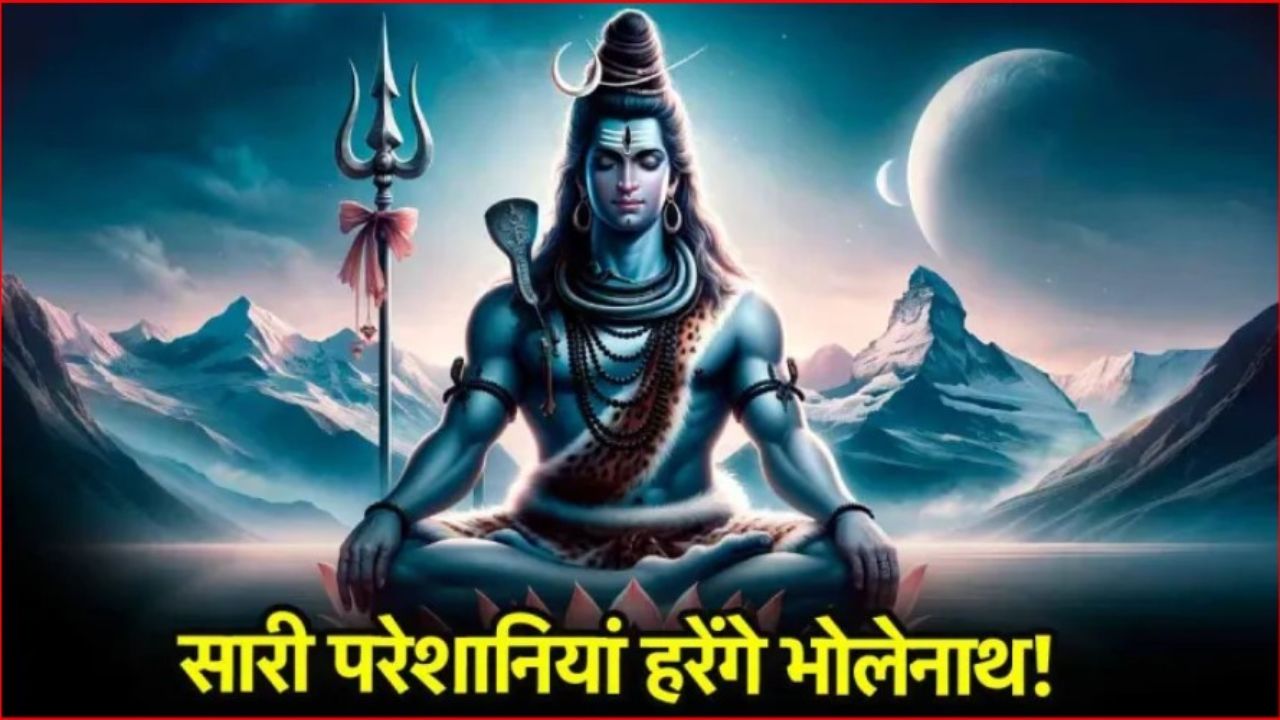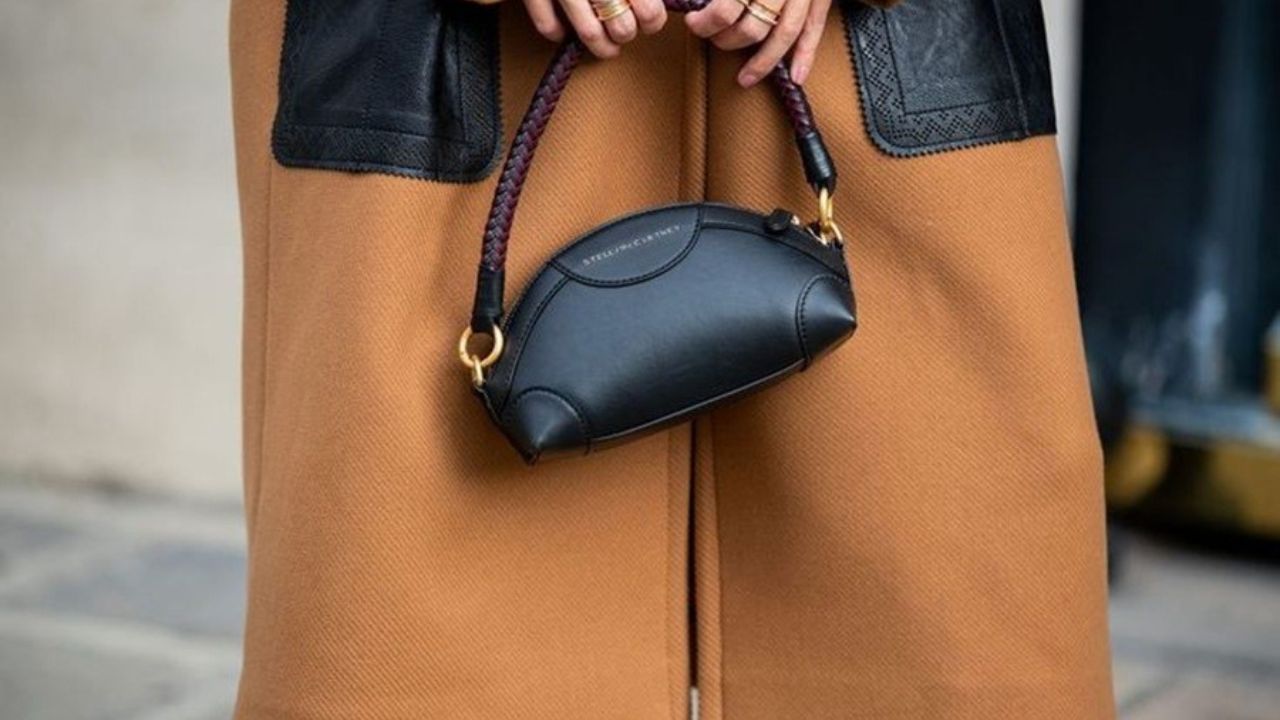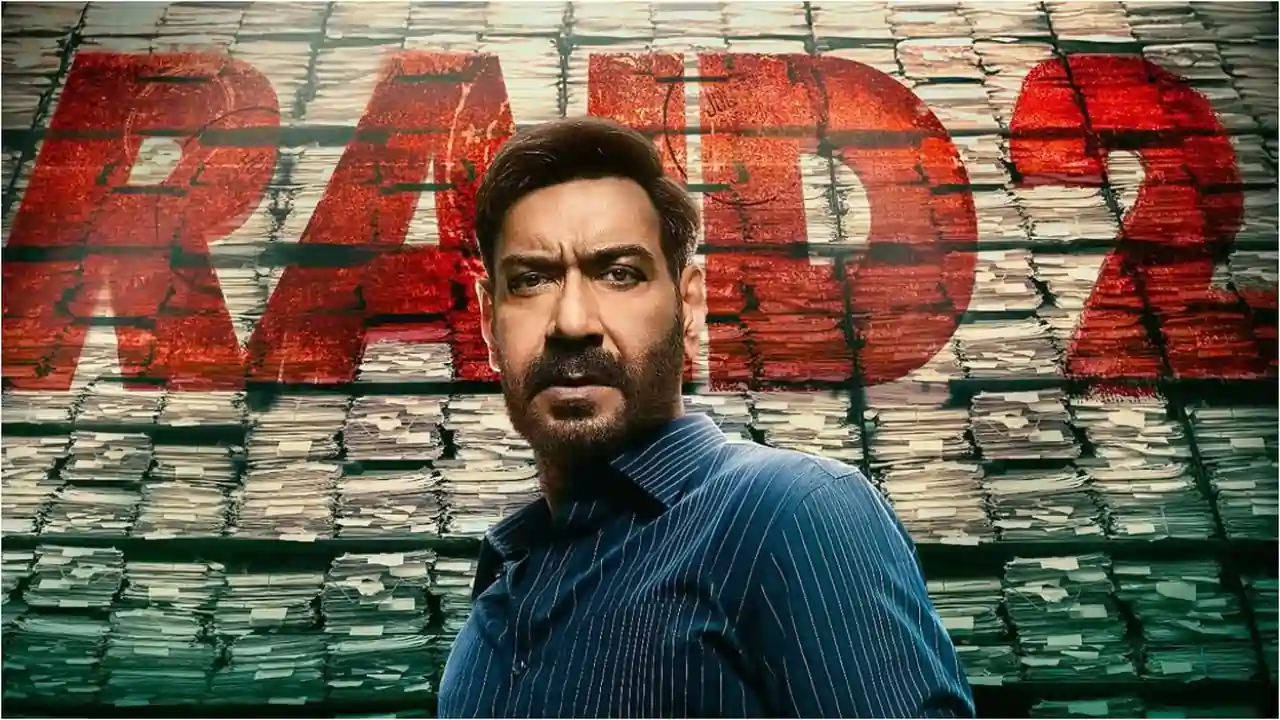
Janmashtami: What makes the celebrations of Lord Krishna's birth in Mathura and Vrindavan so special? Find out
8 months ago | 175 Views
Janmashtami, also known by various names such as Krishna Janmashtami, Gokulashtami, Shrikrishna Jayanti, and Krishnasthami, is one of the most cherished festivals in India. It is celebrated to honour the birth of Lord Krishna, the revered eighth incarnation of Lord Vishnu. While this festival is joyously observed across the globe, the celebrations in Mathura and Vrindavan hold a special charm, as these two holy cities are deeply intertwined with the birth and early life of Krishna.
The temples in these cities come alive with intricate flower arrangements, dazzling chandeliers and vibrant fabrics, creating a mesmerising atmosphere. The streets are filled with devotion and energy, and the air is thick with the sound of bhajans and the scent of incense. Scroll down to explore what makes Janmashtami celebrations in Mathura and Vrindavan an experience like no other.
Pre-Janmashtami Celebrations
The festivities for Janmashtami in Mathura and Vrindavan kick off ten days prior to the main event with a series of vibrant cultural and religious activities. Events like rasleelas, bhajans, kirtans, and pravachans take centre stage. Rasleelas, in particular, are dramatic re-enactments of the life and love stories of Krishna and Radha, along with other gopis. Both professional artists and local devotees bring these stories to life across various locations in Mathura and Vrindavan, setting the festive mood.

Temple Celebrations
As Janmashtami draws near, devotees flock to the iconic Krishna temples, especially the Banke Bihari Temple in Vrindavan and the Krishna Janmabhoomi Temple in Mathura. These temples, deeply associated with Krishna's birth, are transformed into divine sanctuaries with stunning floral arrangements and vibrant lighting. The atmosphere is charged with devotion and anticipation as the faithful prepare for the midnight rituals.

The Midnight Abhishek Ritual
The highlight of Janmashtami is the abhishek ritual, performed at the exact moment of Krishna's birth at midnight. During this sacred ceremony, the idol of Krishna is bathed in a mixture of milk, yoghurt, honey, ghee, and water. The ritual is accompanied by the sound of conch shells, ringing bells, and the chanting of Vedic hymns. Following the abhishek, devotees present 56 different food items, known as chappan bhog, to Krishna as a gesture of love and devotion. This offering is later distributed as prasad to the worshippers.

Dahi Handi

One of the most exciting aspects of Janmashtami in Mathura and Vrindavan is the Dahi Handi event. Inspired by Krishna's childhood antics of stealing butter from earthen pots hung high by his mother, Yashoda, and other neighbouring women, this event sees young men forming human pyramids to reach and break a pot filled with yoghurt or butter. The Dahi Handi event is a lively celebration of loyalty, bravery, and teamwork, drawing large crowds who cheer on the participants.
Nandotsav
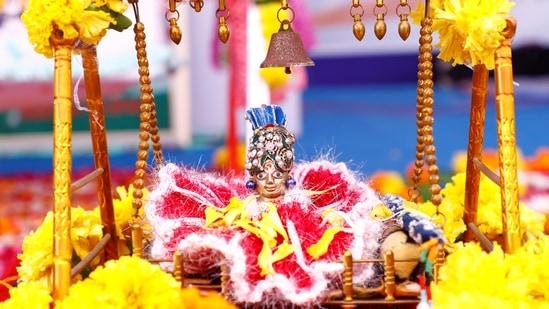
The day after Janmashtami is celebrated as Nandotsav, commemorating the joyous occasion when Krishna's foster father, Nanda Baba, distributed gifts and sweets to everyone in Gokul to rejoice in Krishna's birth. On this day, devotees visit Nandgaon, Nanda Baba's village, to offer prayers and make donations to the needy. The festivities continue with various games and activities that honour Krishna's playful nature, ensuring the spirit of Janmashtami lives on.
#

